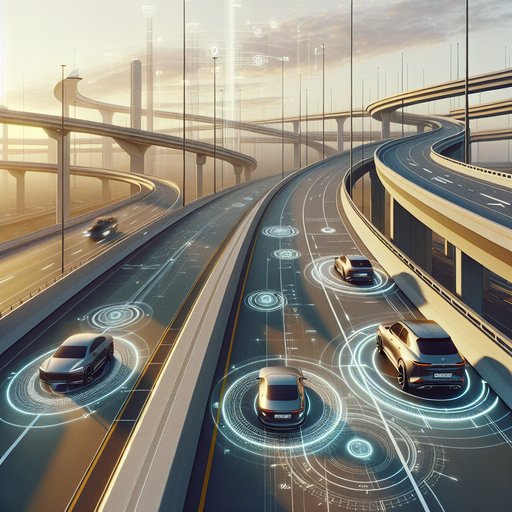
We ran a controlled 200 km highway loop to compare lane-centering smoothness, hands-on detection/driver monitoring, and cut-in/cut-out behavior across four mainstream systems: Tesla Autopilot, GM Super Cruise, Ford BlueCruise 1.3, and Hyundai/Kia Highway Driving Assist 2.
Test vehicles were a 2024 Tesla Model 3 RWD (Autopilot, camera-only perception), a 2024 Cadillac Lyriq with Super Cruise (camera + radar + HD map + high-precision GPS), a 2024 Ford Mustang Mach-E with BlueCruise 1.3 (camera + radar + map-restricted hands-free), and a 2024 Hyundai Ioniq 6 with HDA 2 (camera + radar, hands-on). All are Level 2 driver-assist systems. Default following gaps were used (Tesla 3, Ford Normal, GM default, Hyundai Normal) on OE tires at factory pressures with current software at test time. The loop mixed 65% three-lane motorway and 35% two-lane divided highway at 100–120 km/h, including long sweepers, overpasses, concrete sections with faded paint, and two construction zones.
Steady crosswinds (10–15 km/h) and a light drizzle covered ~40 km. We logged interventions, warnings, and speed/steering traces and repeated segments to confirm consistency. Lane-centering smoothness: Super Cruise was the benchmark. It held a near-dead-center path with minimal micro-corrections, particularly over crests and through gentle S-bends, and never “ping-ponged” between markers.
BlueCruise 1.3 is improved; it tracks confidently on clean paint but shows slightly more low-amplitude nibble on concrete seams and tends to give trucks a perceptible berth on the left. Tesla is steady on straight, well-marked stretches but “apexes” mildly on tighter sweepers and can add a late correction after crests; on one faded-lane segment it briefly widened its lane margin before settling. HDA 2 is competent but the least polished: small oscillations are more noticeable, and it occasionally rides closer to the inside line in tighter curves. Hands-on detection and driver monitoring: GM and Ford are hands-free within mapped zones, relying on an infrared driver-facing camera.
Super Cruise tolerated quick mirror checks and sunglasses without complaint; we recorded one gaze warning (strong sun angle) in 200 km. BlueCruise was slightly stricter, issuing three brief gaze warnings when head turns exceeded ~2 seconds. Tesla and HDA 2 use steering torque as the primary “hands-on” check (Tesla also watches the cabin camera). Tesla requested torque input six times despite a light resting grip; long constant-radius bends were most likely to trigger the “apply slight force” nag.
HDA 2 was more sensitive, prompting eleven nudges, including two back-to-back alerts after sustained straight-line cruising. Cut-in/cut-out behavior: In seven observed cut-ins (1.0–1.5 s headway), Super Cruise anticipated merges earliest and bled speed smoothly, avoiding abrupt brake bites and then rebuilding gap progressively. BlueCruise reacted a touch later, with a brief firm decel once, but remained composed. Tesla responded quickest to sharp cut-ins with assertive initial regen and a small second adjustment if the merging vehicle accelerated away; one event felt abrupt compared with GM/Ford.
HDA 2 occasionally over-braked, then re-accelerated, producing a mild yo-yo in two cases. On cut-outs, Tesla resumed briskly, GM ramped most linearly, Ford was moderately conservative, and Hyundai accelerated gently. We noted one minor Tesla false slow under an overhead sign; others logged none. Overall, Super Cruise is the smoothest and least fatiguing on mapped highways, with exemplary lane placement and calm gap management.
BlueCruise 1.3 is close, slightly more gaze-sensitive but broadly confident. Tesla offers the widest road availability and decisive responses but still mixes occasional torque nags and rare abruptness. HDA 2 delivers solid value and coverage but feels a generation less refined. For long road trips on known corridors: Super Cruise.
For broad geographic flexibility and frequent OTA improvements: Tesla. For a balanced hands-free experience in Ford’s ecosystem: BlueCruise. For dependable, budget-friendly L2 assistance: HDA 2. Remember: all require continuous driver supervision.












